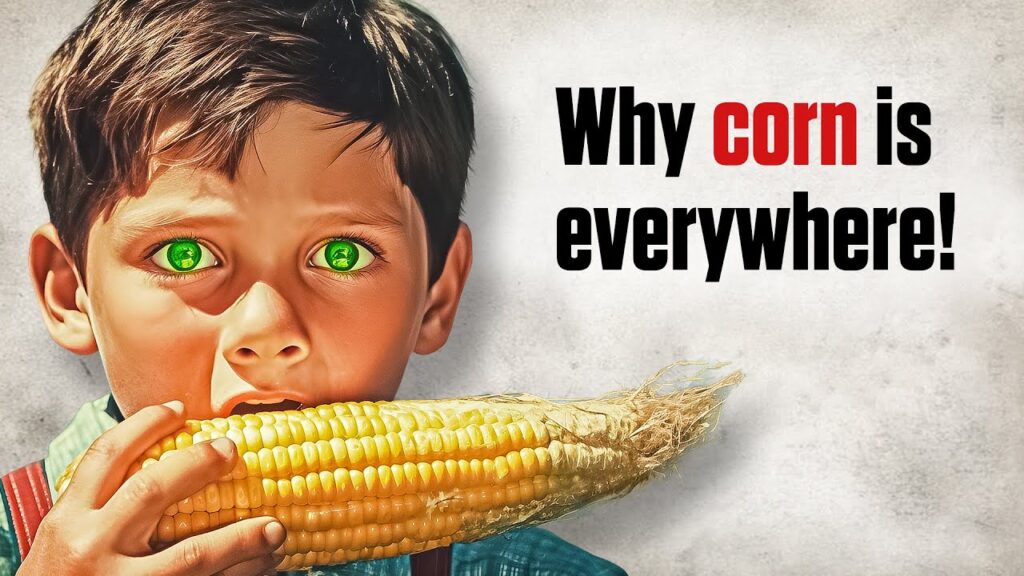
Have you ever wondered about the difference between the corn you eat on the cob and the corn used to feed livestock? While both come from the same plant species, they have distinct characteristics and purposes. This article delves into the world of feed corn, exploring its nature, uses, nutritional value, and why it’s not a staple on our dinner tables.
We’ll break down the key differences between feed corn and sweet corn, examining their unique traits and applications. By the end, you’ll have a comprehensive understanding of this often-overlooked agricultural product and its role in our food system.
What is Feed Corn?
Feed corn, also known as field corn, is a type of maize primarily cultivated for animal feed. It boasts a high starch content, making it an energy-rich source for livestock and poultry. Unlike sweet corn, which is bred for its sweetness and tenderness, feed corn has tough kernels and a higher fiber content. This makes it less palatable and digestible for human consumption.
Feed corn is typically yellow in color and grows on tall stalks with large ears covered in rows of tightly packed kernels. It’s harvested in the fall when the kernels are fully mature and dry. The entire ear, including the cob, is often ground into meal or processed into other feed products.
Varieties of Feed Corn
There are numerous varieties of feed corn, each with specific characteristics suited to different climates and feeding purposes. Some common types include:
- Dent corn: This variety has hard, indented kernels that are ideal for grinding into meal or making animal feed pellets.
- Flint corn: Known for its hard, flint-like kernels, this type is often used in livestock rations due to its high energy content.
- Popcorn: While primarily known for its popping ability, popcorn can also be used as a source of fiber and energy in animal feed.
Uses of Feed Corn

Feed corn plays a vital role in the global food system by providing a cost-effective and readily available source of nutrition for livestock and poultry. It’s a key ingredient in various animal feed formulations, including:
- Cattle feed: Corn is a major component of cattle rations, providing energy and carbohydrates for growth and milk production.
- Pig feed: Pigs are highly efficient at converting corn into meat, making it a staple ingredient in pig feed formulas.
- Poultry feed: Chickens, turkeys, and other poultry rely on corn as a primary source of energy in their diets.
Beyond direct animal consumption, feed corn is also used to produce:
- Biofuels: Corn can be processed into ethanol, a renewable fuel source used in gasoline blends.
- Corn syrup: This sweetener derived from corn starch is widely used in processed foods and beverages.
Nutritional Value of Feed Corn
While not typically consumed by humans, feed corn does offer certain nutritional benefits. It’s a good source of:
- Carbohydrates: Feed corn is primarily composed of carbohydrates, providing energy for animals.
- Fiber: The high fiber content in feed corn aids digestion and promotes gut health in animals.
- Vitamins and Minerals: Feed corn contains small amounts of essential vitamins and minerals, such as vitamin B complex, iron, and magnesium.
However, it’s important to note that the nutritional value of feed corn is not optimized for human consumption due to its tough kernels and high fiber content.
Differences Between Feed Corn and Sweet Corn

The most significant difference between feed corn and sweet corn lies in their intended use and genetic makeup.
Feed corn:
- Bred for high starch content, making it energy-rich for livestock.
- Has tough kernels and a higher fiber content, less palatable for humans.
- Typically yellow in color with large ears.
Sweet corn:
- Bred for sweetness and tenderness, enjoyed directly by humans.
- Has soft kernels and lower fiber content, more digestible for humans.
- Often comes in various colors, including yellow, white, and bi-colored.
Why We Don’t Eat Feed Corn
While technically edible, feed corn is not a common food source for humans due to several factors:
- Taste and Texture: Feed corn lacks the sweetness and tenderness of sweet corn. Its tough kernels and high fiber content make it less enjoyable to eat.
- Digestibility: The high fiber content in feed corn can be difficult for humans to digest, potentially leading to digestive discomfort.
- Nutritional Value: While feed corn offers some nutritional benefits, its nutrient profile is not as well-suited for human consumption compared to other grains and vegetables.
Conclusion
Feed corn plays a crucial role in the agricultural industry by providing a vital source of nutrition for livestock and poultry. Its high starch content makes it an energy-rich feed ingredient, contributing to the production of meat, eggs, and dairy products. While technically edible, its tough kernels, high fiber content, and lack of sweetness make it less appealing for human consumption compared to sweet corn varieties. Understanding the differences between these two types of corn sheds light on their distinct purposes and contributions to our food system.
